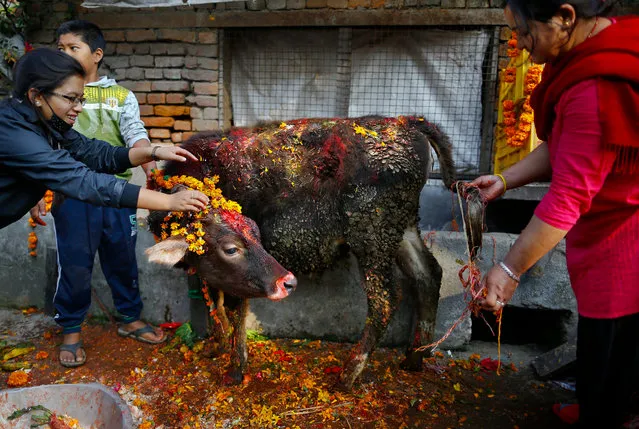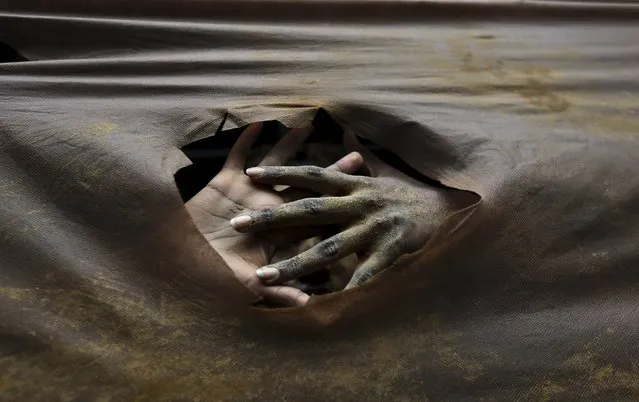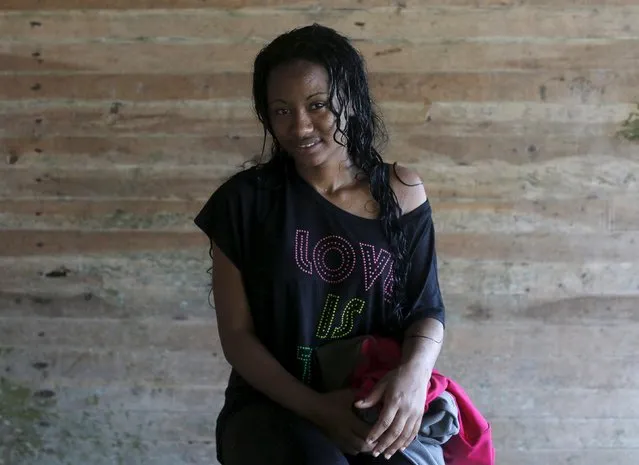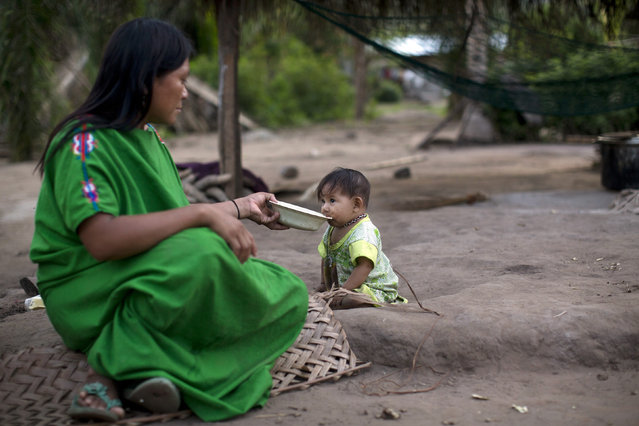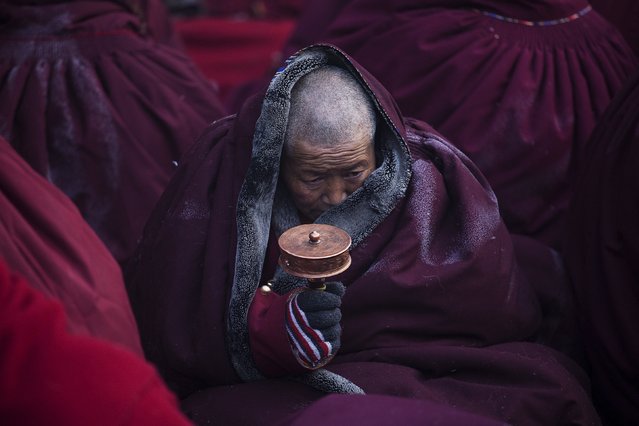
A Tibetan Buddhist nun spins a prayer wheel in sub zero temperatures at a Buddhist laymen lodge where thousands of people gather for daily chanting session during the Utmost Bliss Dharma Assembly, the last of the four Dharma assemblies at Larung Wuming Buddhist Institute in remote Sertar county, Garze Tibetan Autonomous Prefecture, Sichuan province, China November 1, 2015. (Photo by Damir Sagolj/Reuters)
06 Nov 2015 08:06:00,post received
0 comments

